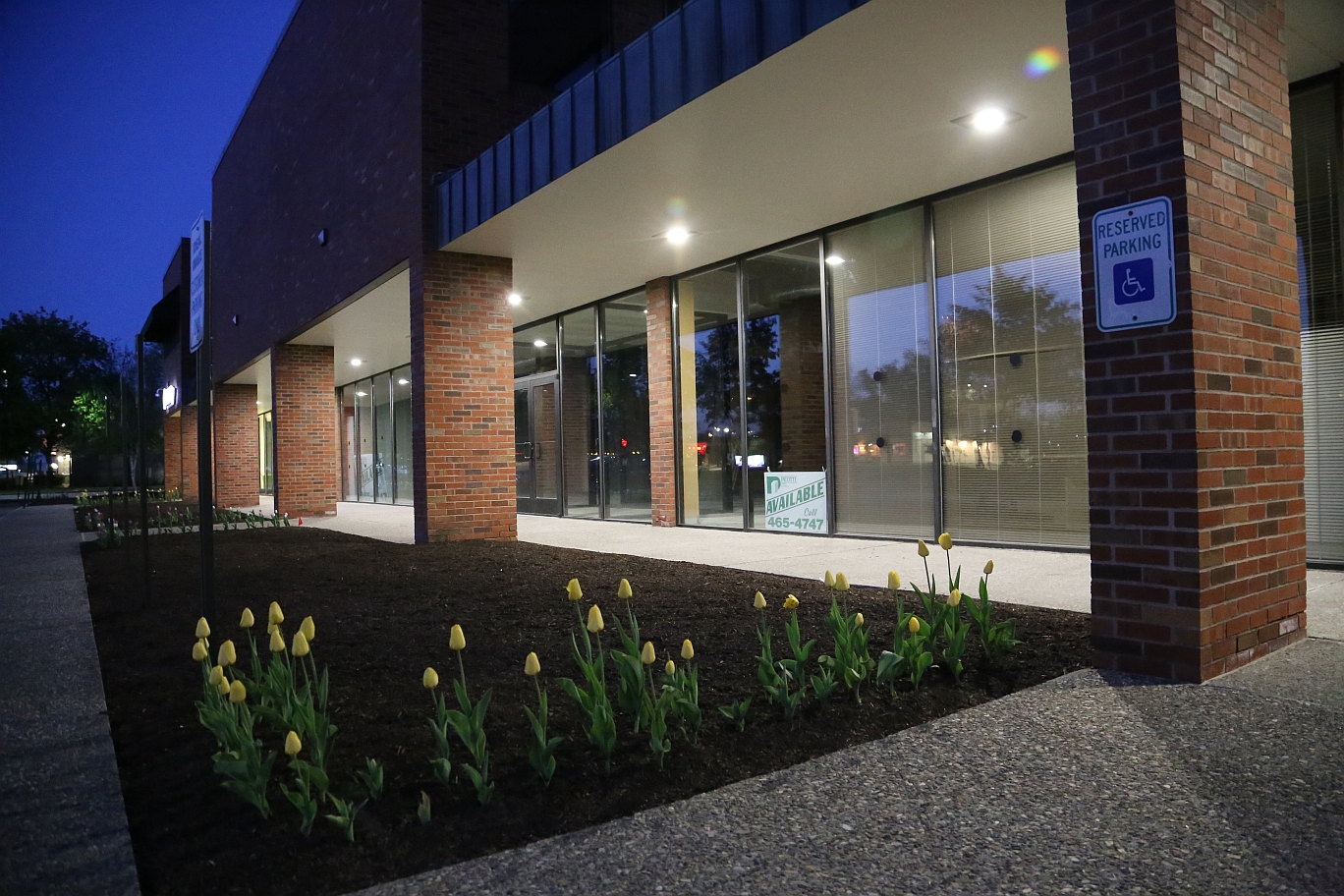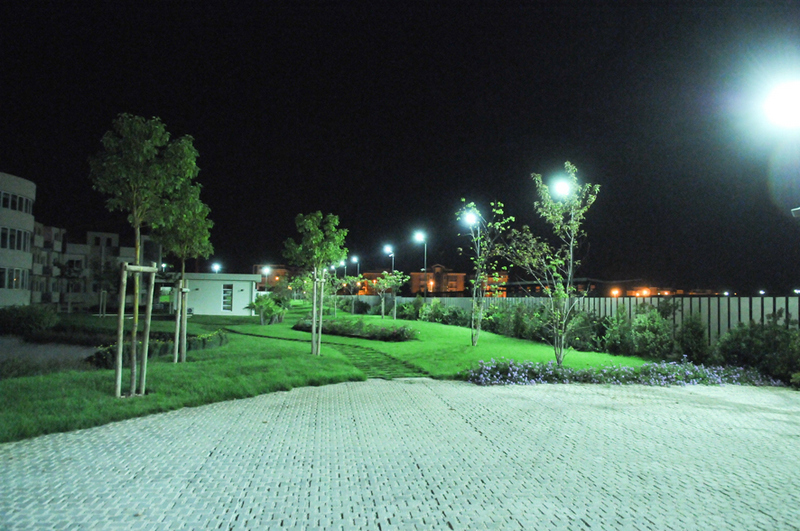So you’ve decided it’s time to improve your commercial outdoor lighting. What should you do next? Before you have any type of exterior lighting installed, here are a few things you should first consider.
Future changes to your landscape
Ideally, outdoor lighting plans will be made after all the elements of your landscaping are already in place. That way, you can determine which features you would like to highlight at night, and then plan your lighting arrangements accordingly. If you are considering adding new plants, be sure to let share this information with a lighting designer in order to ensure your fixtures will continue to work well in the future.
Where will lines be buried?
This is important, since burying electric wires could be disruptive to other utility lines. In order to ensure no lines are present, you should call 811 at least three days prior to digging a trench to house landscape wiring in. You’ll also need to determine whether or not lines will need to run underneath sidewalks or other concrete structures so that you can attempt to reroute them if possible.
What prior authorization is needed?
If you currently lease your space, you could be restricted on how and where exterior lighting is placed. Likewise, the addition of certain fixtures could require you to obtain a building permit as well.
You’ll also need help from an experienced outdoor lighting specialist. Here at Relumination we are very familiar with exterior lighting procedures, and can install any type of fixture safely and efficiently. To set up an appointment for a consultation, contact us.




